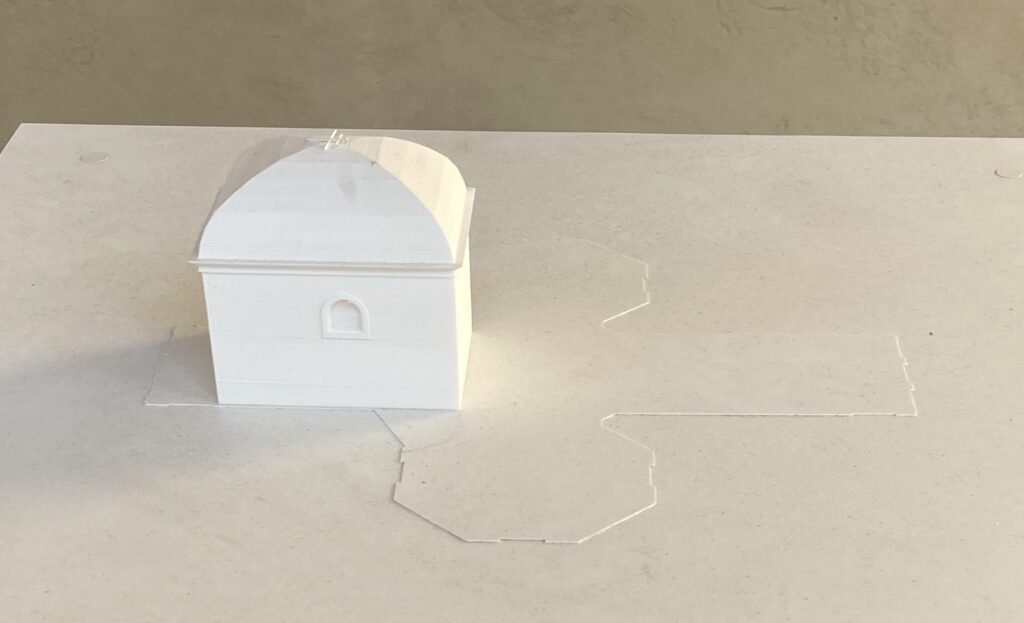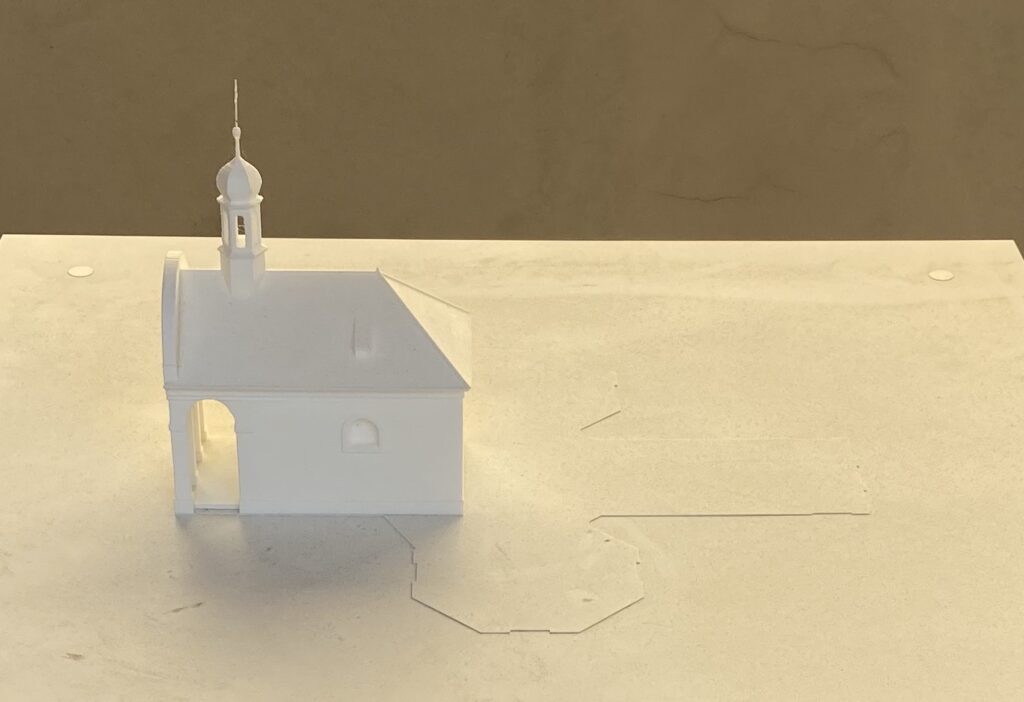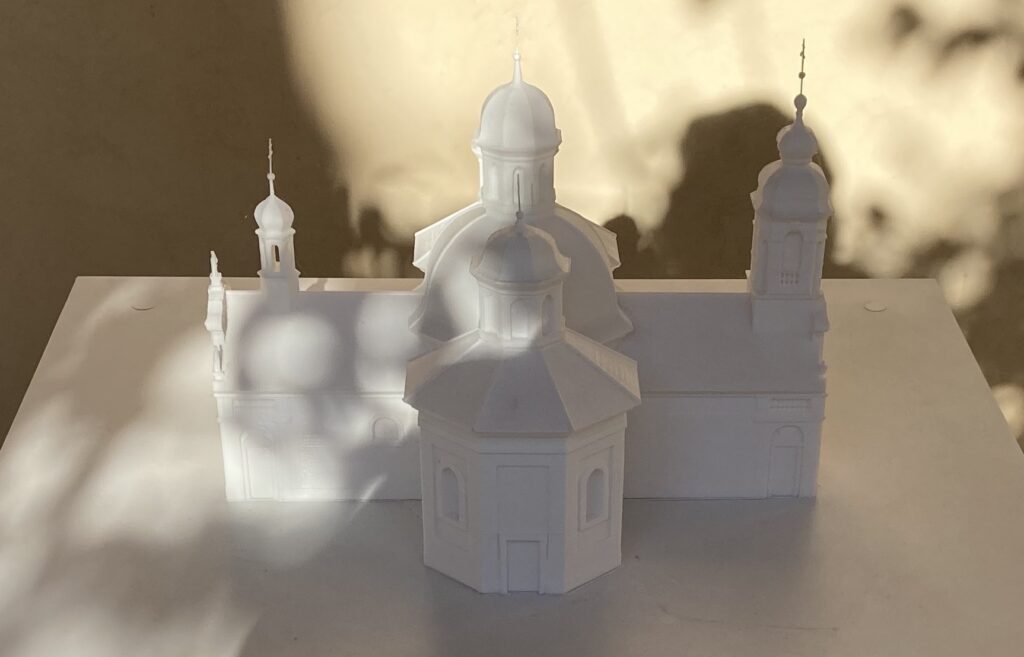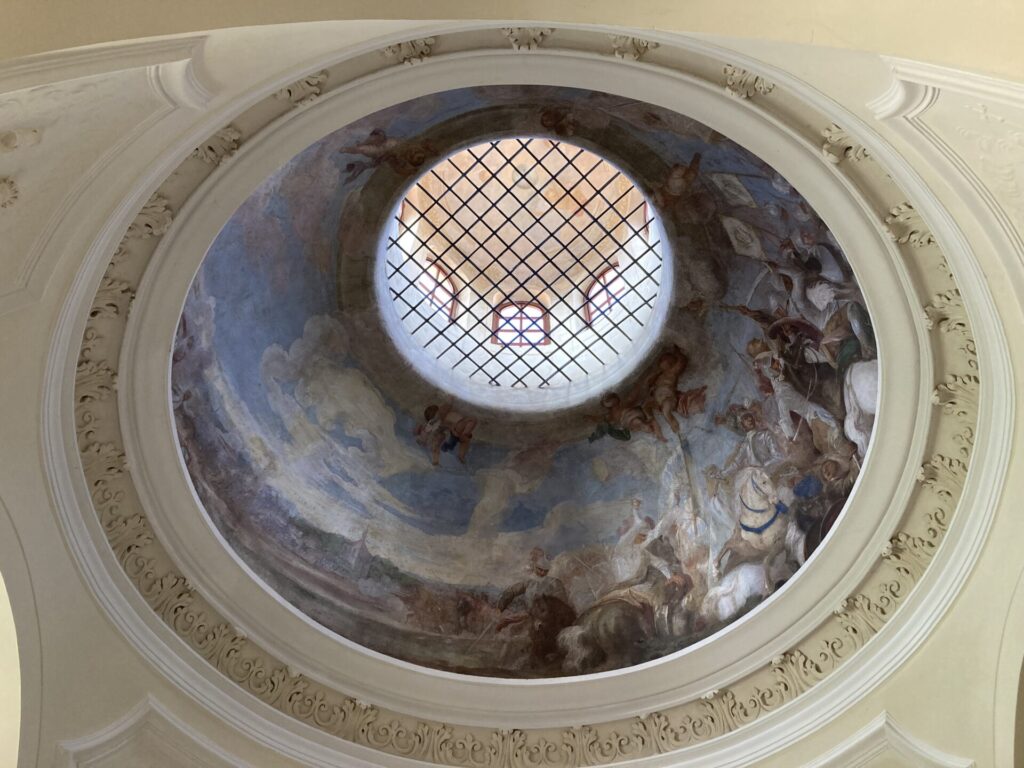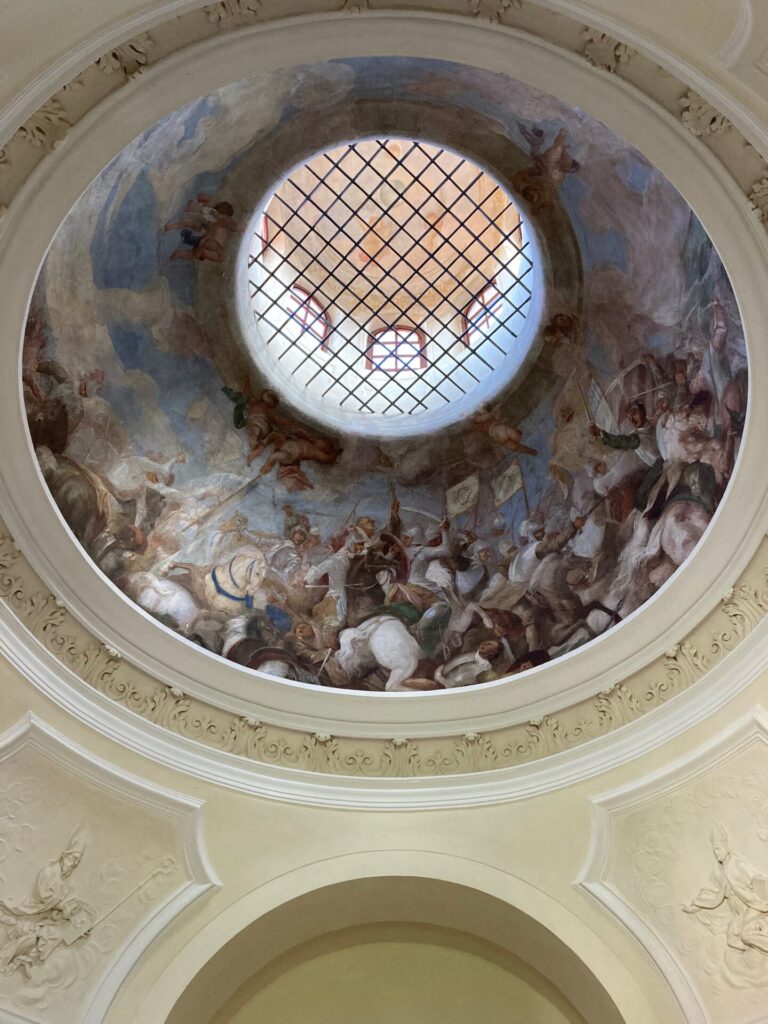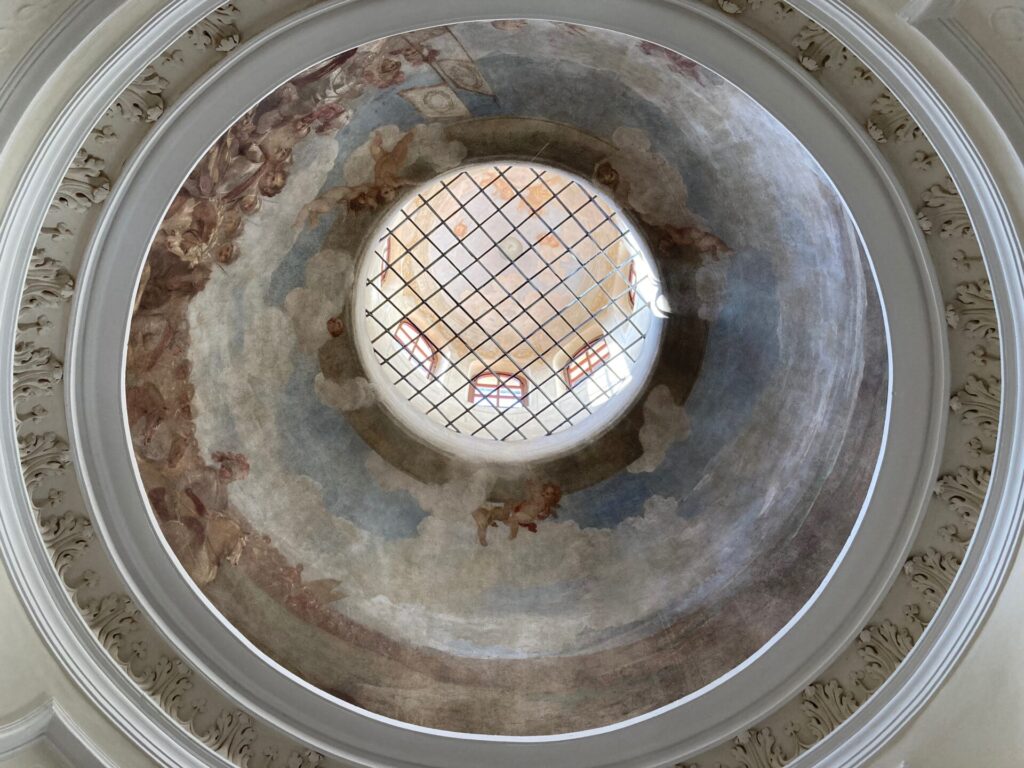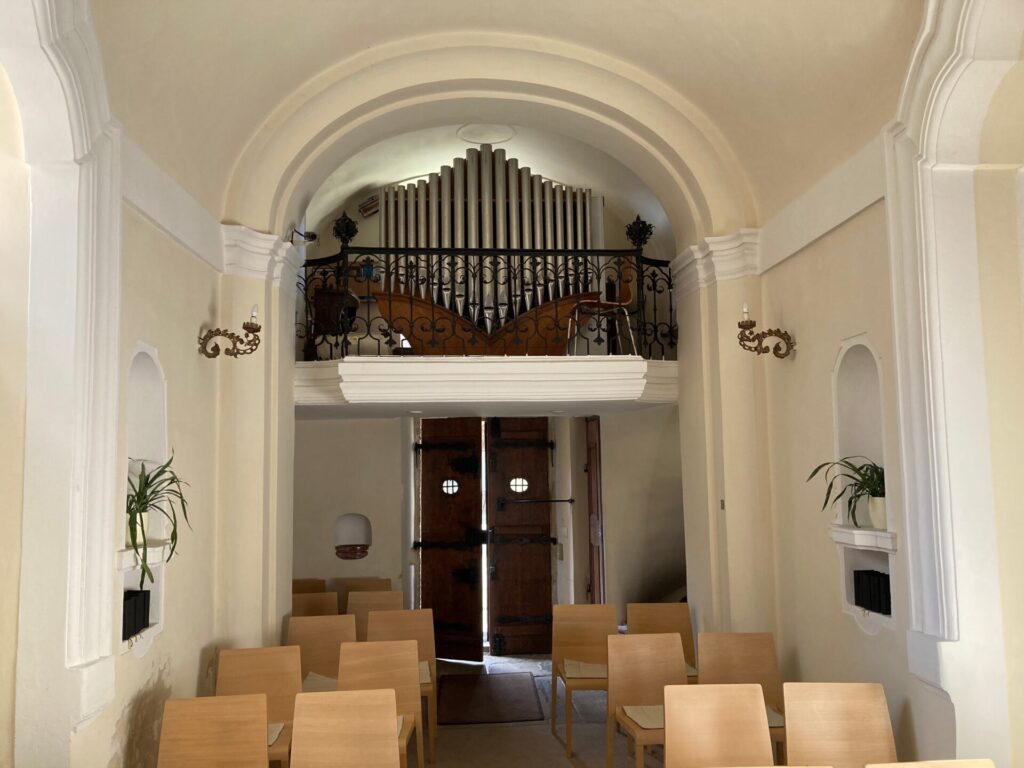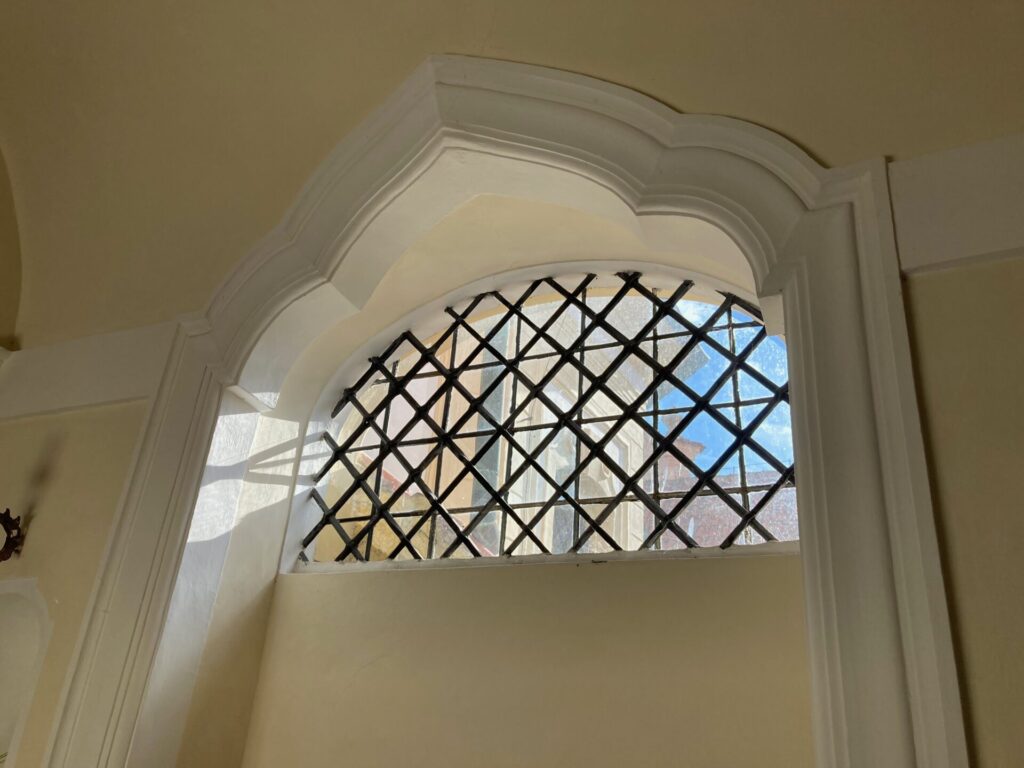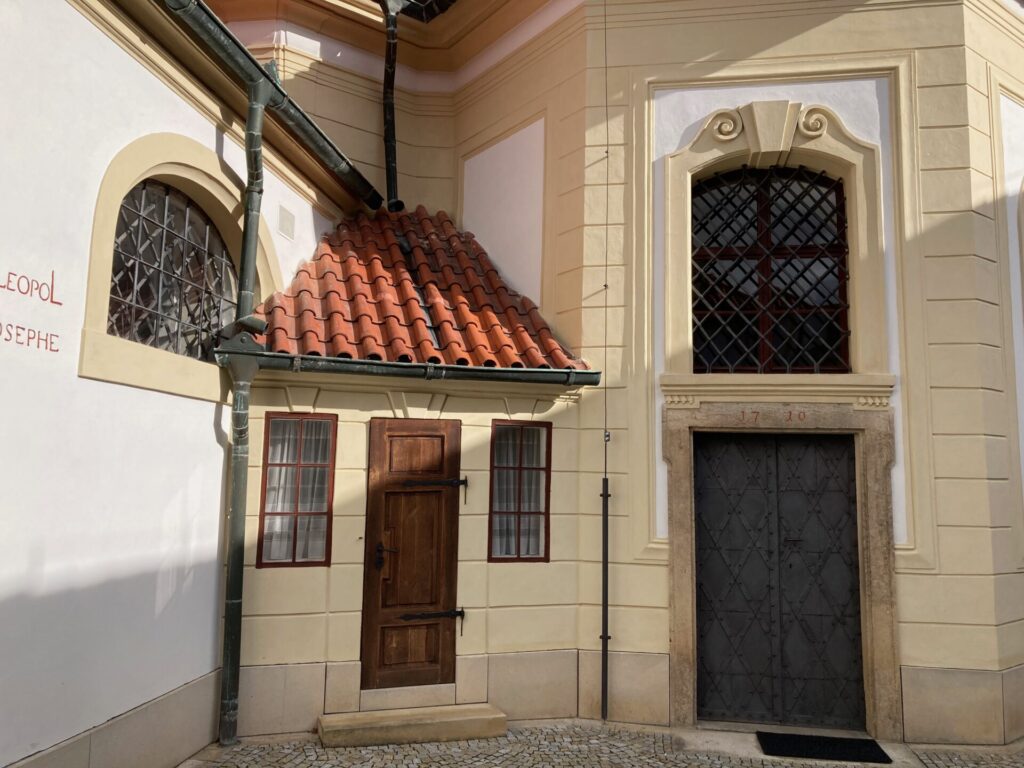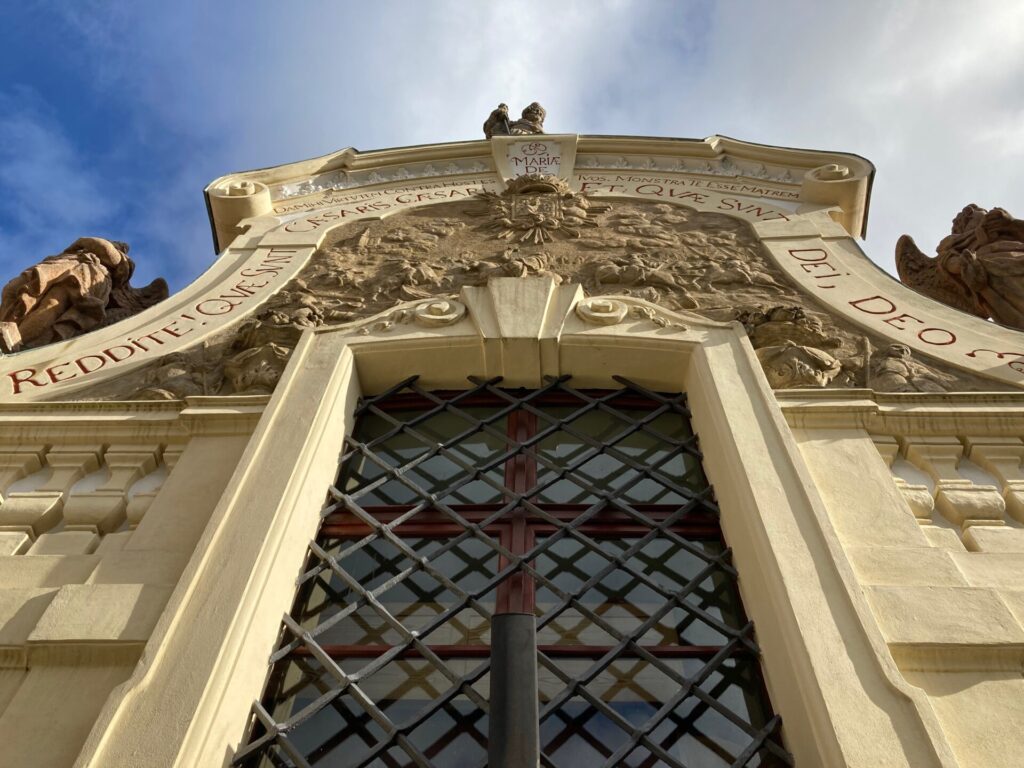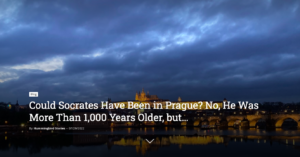The Battle of White Mountain was a crucial battle in Czech history that changed life in the kingdom for 300 years. Four years after the battle, a small chapel was built on White Mountain in the middle of the former battlefield, with processions coming to give thanks for the victory in the memorable battle. The first procession came from St. Vitus Cathedral on the anniversary of the battle in 1624.
At first, it was a simple chapel built between 1622 and 1624. This is what the shrine has looked like throughout history.
In 1628, at the instigation of Emperor Ferdinand II, the construction of a monastery began. The church was to commemorate the glorious victory of the imperial troops and the Catholic Church. Along with the foundation stone, a commemorative medal with the planned image of the monastery was also placed in the foundation. However, it was never completed.
Drastic Consequences of the Protestants’ Defeat After the Battle of White Mountain
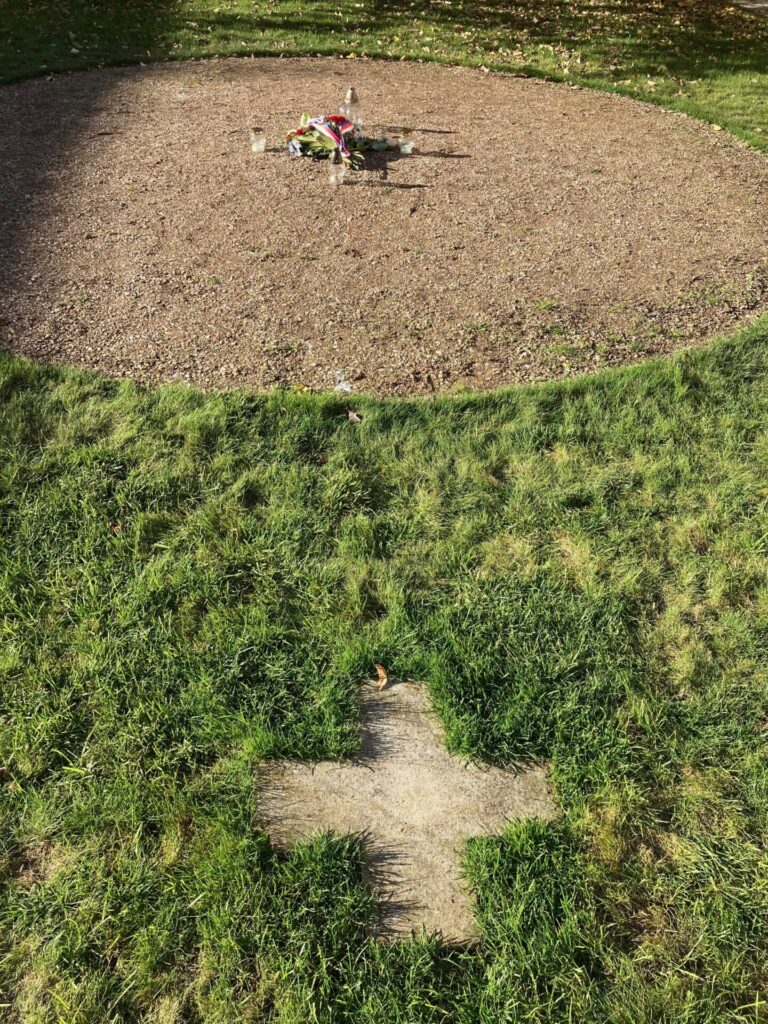
The Battle of White Mountain was also a battle between the Protestant Czech Estates and the troops fighting on the side of the Catholic king. After the Estates’ defeat, Catholicism, the only permitted religion, was legalized despite the fact that the Czech nation was majority Protestant. Dark times began for the Evangelicals.
This lasted until October 13, 1781, when Emperor Joseph II issued the Patent of Tolerance, which ended the harsh persecution of Protestants. Ten years later, the laws of Leopold II eased the situation of Protestants. However, equality with Catholics was not achieved until 1848.
In the three years since the issuance of the Patent of Tolerance, seventy thousand Evangelicals joined the church and 75 congregations were established. However, these could only be established where either 500 people or 100 families had declared their faith. Even so, they were restricted in their faith. Only Reformation confessions following the so-called world Reformation were permitted, namely Martin Luther (1483-1546) and John Calvin (1509-1564). No connection to the Czech Reformation was allowed, i.e., the Hussite Church or the Unity of Brethren.
Only “tolerant prayer houses” were allowed. They were not allowed to be on main streets; they were not allowed to have towers, bells, or other characteristic elements of sacred buildings. They were not allowed to have an entrance from the street, so they had to face the street with an apse.
Requests for the return of originally Protestant churches confiscated after the Battle of White Mountain by the Roman Catholic Church were rejected, and the property was permanently confiscated from the Protestants. However, economic aspects were one of the reasons for issuing the Patent of Toleration – the effort was to prevent the emigration of capable and wealthy Protestants so that the Habsburg Empire would not be economically weakened.
Chapel, Pilgrimage Site, and Ecumenical Meetings
The Battle of White Mountain was an extremely important historical event for the lands of the Bohemian Crown, but for Europe it was one of the many battles of the Thirty Years’ War (1618-1648), which had far-reaching consequences. For example, a third of the population died in the affected territories during the war and even half of the male population.
During this long war, the chapel was destroyed by Swedish soldiers, and was eventually converted into an ossuary. In 1704, Michael Hagen, a mason from Bavaria, took pity on the damaged chapel. He repaired it at his own expense, enlarged it, and dedicated it to Saint Wenceslas.
Two years later, the Brotherhood of Our Lady of Victory was founded, bringing together prominent Prague burghers and artists of the time who wanted to restore the glory of this place and build a church dedicated to Our Lady of Victory. Regular services were held here from that day (August 8, 1706).
By 1729, a sacristy, four chapels (of Saints Adalbert, Hilary, John of Nepomuk, and Rosalia, later renamed the Chapel of St. Felician) and a cloister were added. The church acquired a cross-shaped ground plan. At that time, the renowned master Jan Blažej Santini Aichel was called in for the construction. (This is the only larger sacral building by Jan Blažej Santini preserved in Prague.)

Since 2007, a Benedictine nuns’ monastery has been here, a place of pilgrimage and calmness for anyone who comes here, whether for a tour of the premises, a short visit, or even a longer stay (accommodation is available in the monastery).
The Benedictine Sisters say
We want to contribute to White Mountain becoming a place of the reconciliation of conflicts across confessions, beliefs, and currents of opinion. The White Mountain pilgrimage site is not known for miraculous healings, like most pilgrimage sites, but as a place of a life-and-death struggle. It is important for us to find and convey a broader view of the battle, its symbolic value, and its reception in our history and present.
We want to offer a space for reconciliation of the inner conflicts and struggles that every person experiences and with which they come here. Not only through prayer and an atmosphere that allows for calm and stillness, but also through music, art (including contemporary art), dance and other creative ideas that the beauty of the Baroque pilgrimage site inspires. Our area offers the opportunity to put aside your worries and leave with something new and transformed. We remain open to the question of what the future pilgrims are and will be like. What will they be looking for and needing?














